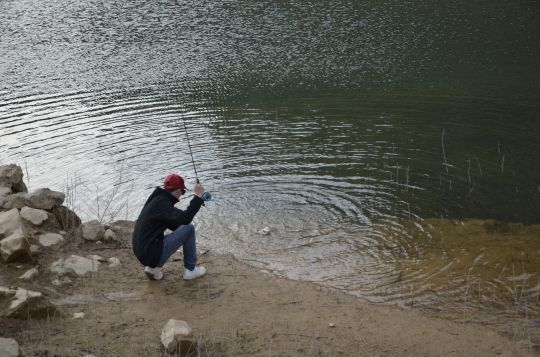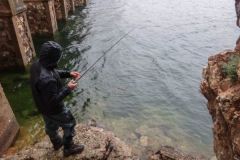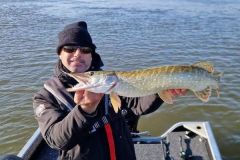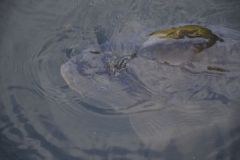Atmospheric pressure
Atmospheric pressure is the term used to describe the force with which the ambient air presses down on the earth's surface. The closer you get to level 0, the higher the pressure, so there's a pressure difference between the edge of a beach and a mountain lake. The average atmospheric pressure at sea level is around 1013 hectoPascal, or hPa.
High pressure is considered to be above 1015 hPa, generally accompanied by clear skies and very little wind. Below 1010 hPa is low pressure, generally accompanied by wind, overcast skies and even rain. When atmospheric pressure is average, so is fish activity, and we can expect normal fishing conditions and good weather.
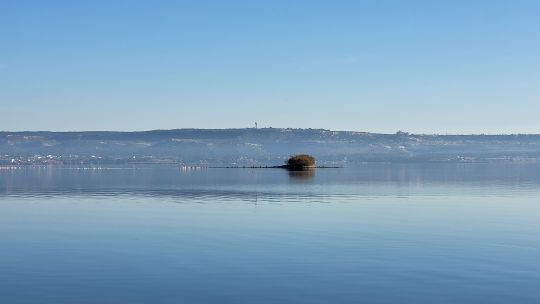
Rapid pressure changes
When weather conditions are stable over a period of time, it's not uncommon for a sudden change in atmospheric pressure to occur, causing the weather to change radically. With a rapid increase in atmospheric pressure, the weather clears rapidly and fish activity drops drastically for 24 to 48 hours before returning to normal once the fish have become accustomed to the change. However, very calm weather makes it much easier to fish from a boat on the sea or in freshwater.
On the contrary, when a rapid drop in pressure occurs, the weather can quickly turn sour, accompanied by strong winds and thunderstorms. The transition period between the start of the pressure drop and the arrival of the bad weather is undoubtedly the best time to be at the water's edge, as the fish will be getting very active.
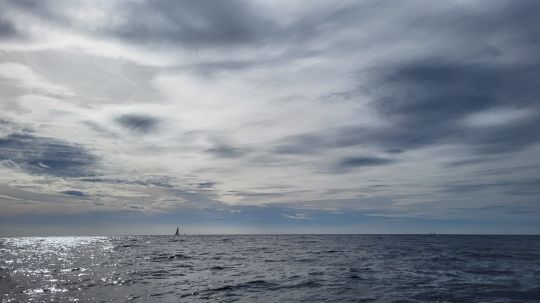
Stable pressures
Although pressure variations are frequent, they are not necessarily rapid or significant. When pressure remains relatively stable over a long period, whether high, low or medium, the various organisms in the food chain evolve in a kind of routine. This feeding routine makes them relatively easy to find and identify, since the times, areas and types of food are likely to remain the same throughout the period of stability.
Of course, knowing the reasons that make a fishing trip a good or bad memory is important, but your main objective shouldn't be to wait for the right moment, but rather to be at the water's edge as often as possible to be present at the right moment.
